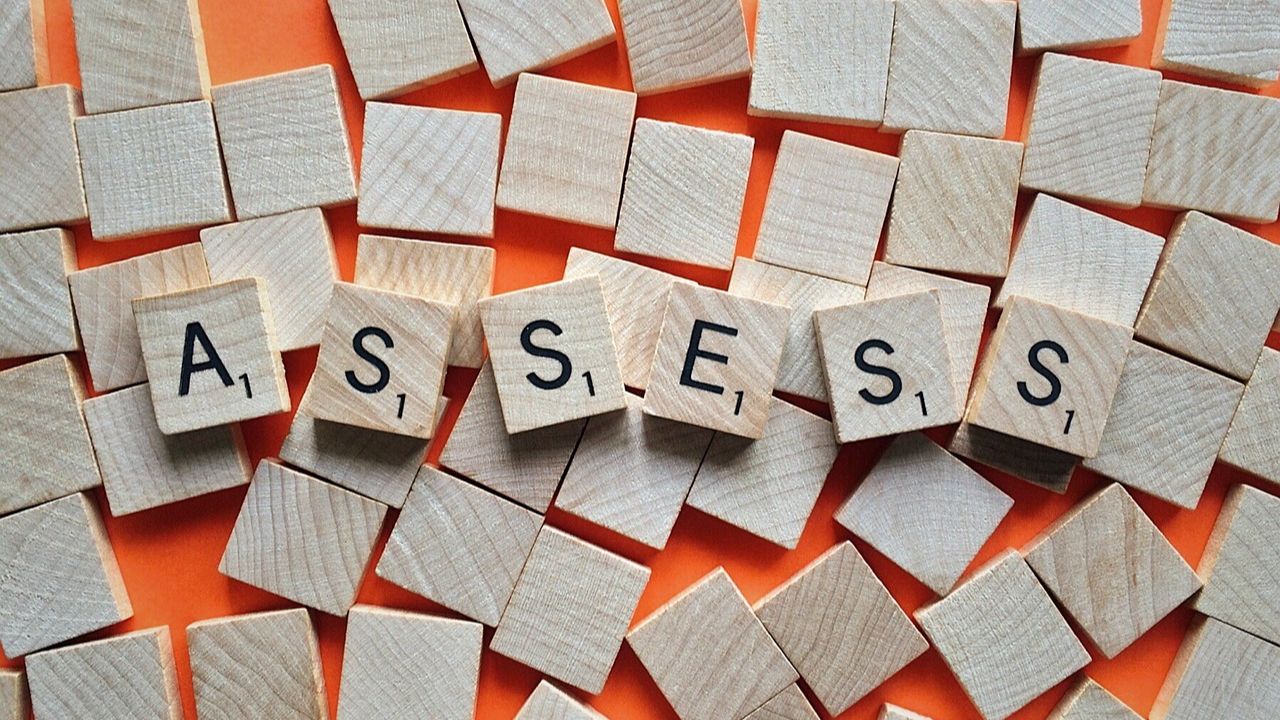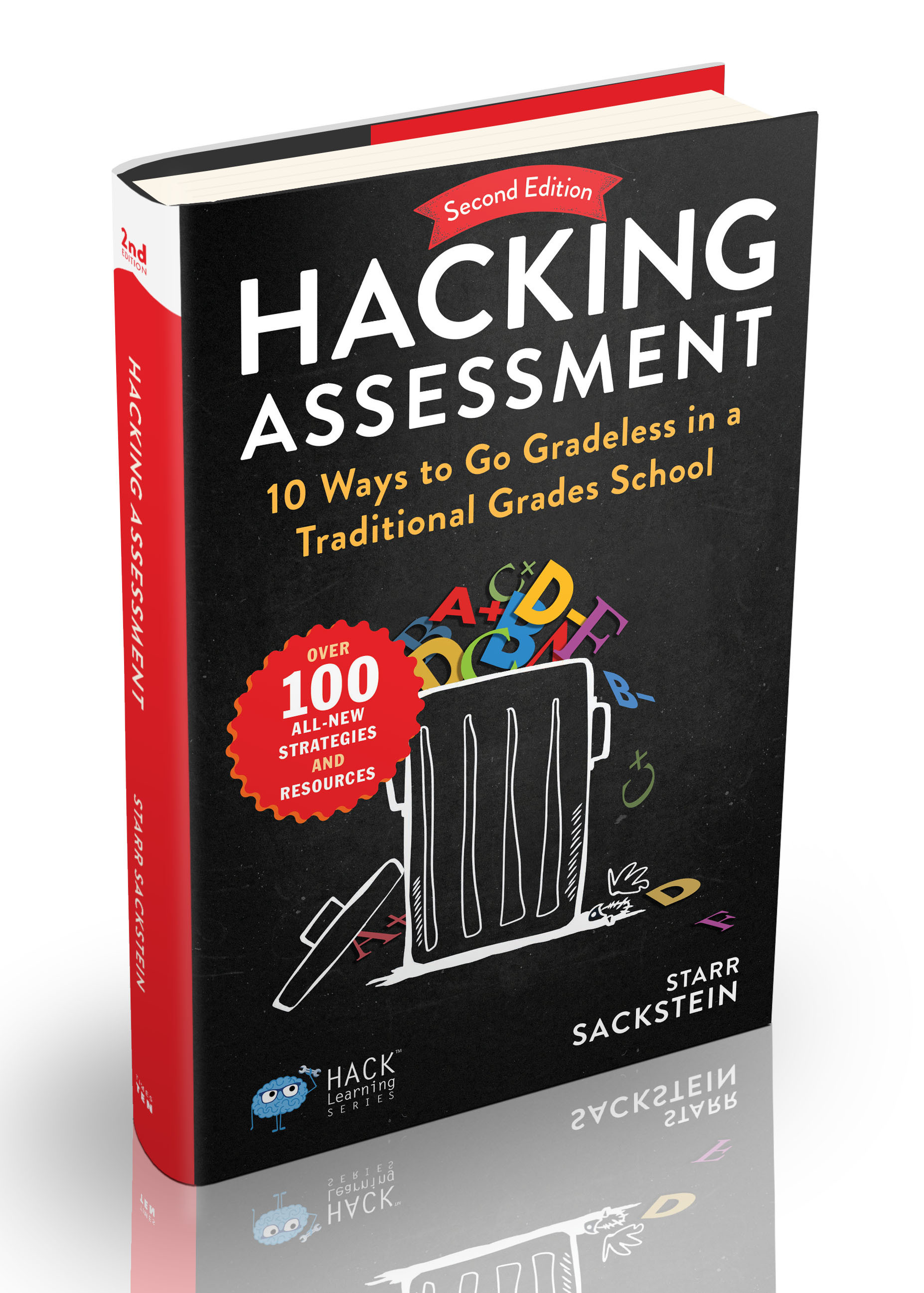Moving Beyond Grades And Into Assessment
Aug 22, 2023
Assessment plays a crucial role in gauging students' progress, understanding their strengths and weaknesses, and informing instructional decisions. However, it is essential to distinguish between assessment, grading and evaluating, as they serve distinct purposes and have different implications for students' learning experiences.
While grading and evaluating are commonly used practices, they do not fully capture the complexity and richness of a true learning assessment. In this article, we will explore why grading and evaluating fall short as comprehensive assessment tools and the importance of embracing a more holistic approach to understanding student learning.
The Limitations of Grading
We all know what grading is, and, more likely than not, have been grading students' tests, quizzes, papers, and assignments for years. While grades provide a convenient way to communicate academic achievement, they often reduce the learning experience to a mere quantitative measure, a single letter or number at the top of an assignment.
Grading neglects the valuable qualitative insights into students' critical thinking, problem-solving abilities, and creativity simultaneously reducing the culmination of students' learning into a meaningless letter. Moreover, grades tend to focus on the final product rather than the learning process, which is equally important for student development.
The Pitfalls of Evaluation
Evaluation, similar to grading, involves making judgments about students' performance. However, evaluations may be more subjective and might not be based on a well-defined set of criteria. This subjectivity can lead to inconsistencies and biases, affecting students' self-esteem and motivation. Additionally, evaluations may not consider individual learning differences and diverse learning styles, further limiting their effectiveness as comprehensive assessments.
The Benefits of True Assessment
Assessment, on the other hand, is a broader and more multifaceted process that aims to capture a comprehensive understanding of students' learning. It involves a range of tools and techniques, including observations, portfolios, projects, self-assessments, reflection, and formative assessments.
True assessment delves into the intricacies of student growth, encompassing their progress, challenges, and unique talents. Assessing involves evaluating where students are in the learning process and finding ways to facilitate learning without assigning a grade. By embracing various assessment methods, educators gain a deeper insight into students' abilities and can tailor their instruction to better meet individual needs.
Grading and evaluation can inadvertently promote a fixed mindset in students, where they perceive their abilities as unchangeable. For instance, receiving a low grade on a test might lead a student to believe they are "bad at math" rather than seeing it as an opportunity for growth and improvement.
Formative assessment emphasizes a growth mindset by providing constructive and actionable feedback that encourages students to see challenges as learning opportunities and provides them with the tools and guidance to face these challenges head on.
Assessment encompasses much more than just academic performance. It involves understanding a student's emotional, social, and psychological well-being as well. A student may face personal challenges that impact their learning, and grades alone cannot capture such complexities. By adopting a holistic approach to assessment, educators can better support their students' overall development and well-being.
Grades and evaluations often emphasize comparing students' performance against one another. This approach can foster unhealthy competition and undermine the focus on actual mastery of the subject matter.
Feedback-based assessment shifts the focus towards personal growth and individual progress. It allows students to work at their own pace, providing the necessary support and time to fully grasp concepts and develop their skills.
Encouraging Lifelong Learning
At the beginning of each school year students seem to have forgotten half of the material they learned the previous year. This is because grading and evaluation inadvertently encourage a short-term "cram and forget" approach to learning. Students are motivated to memorize everything they can to get a good grade and then leave it all behind when moving onto the next unit.
In contrast, genuine assessment fosters a culture of lifelong learning, where students are intrinsically motivated to explore, inquire, and deepen their understanding beyond the confines of traditional evaluations.
While grading and evaluating have their place in the educational system, they should not be mistaken for comprehensive assessment. True assessment involves a diverse array of tools that provide a deeper understanding of students' learning and development.
By embracing a holistic approach to assessment, educators can create a supportive and nurturing learning environment that fosters growth, resilience, and a love for lifelong learning in their students. Continue to explore feedback-based assessment and throwing out grades in Hacking Assessment Second Edition.






